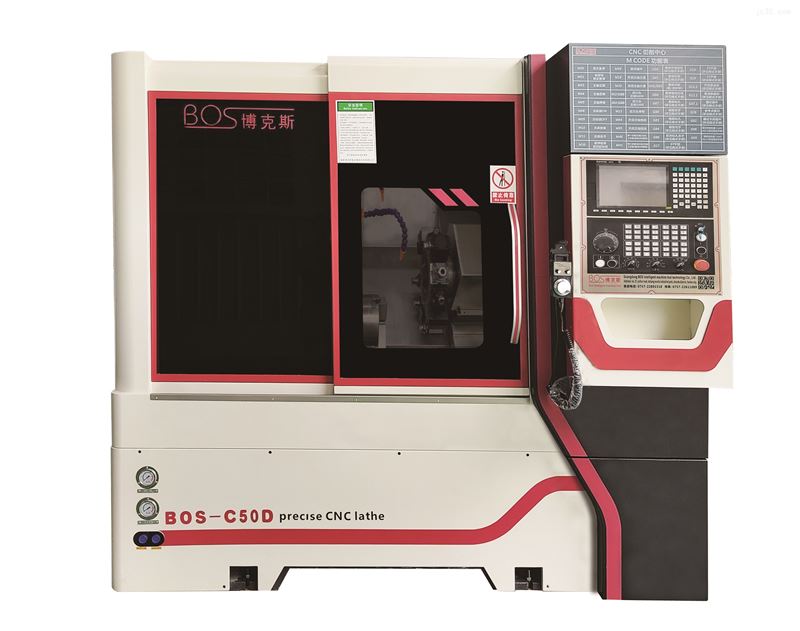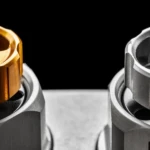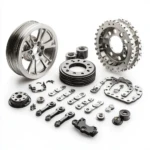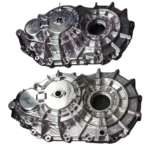Unlocking Efficiency and Precision: The Power of Composite Filming and Milling Machines
In the realm of modern manufacturing, the pursuit of precision and efficiency is relentless. One innovative solution that has revolutionized the industry is the composite filming and milling machine, a cutting-edge CNC machine that integrates filming and milling functions. This game-changing technology has far-reaching implications for various sectors, including aerospace, automotive, and precision molds. By combining two critical machining processes into one seamless operation, composite filming and milling machines have become an indispensable tool for manufacturers seeking to enhance productivity, reduce costs, and deliver exceptional quality.
Technical Principles: Understanding the Magic
At its core, the composite filming and milling machine operates on the principles of integrated turn and milling technology. By fusing these two processes, the machine enables the execution of multiple machining operations in a single station, thereby streamlining production workflows and minimizing manual intervention. The technical wizardry behind this innovation lies in its three primary components:
- Spindle: The spindle serves as the machine’s backbone, facilitating the rotation of the part being machined. This enables the part to be worked on from multiple angles, ensuring a high degree of precision and accuracy.
- Tool Holder: The tool holder is equipped with both rotary and milling tools, allowing for a wide range of machining operations to be performed. Its ability to move in multiple directions further enhances the machine’s versatility and precision.
- Control System: The control system is the brain of the operation, utilizing advanced CNC technology to orchestrate the movement of tools and control processing parameters. This ensures that the machining process is carried out with utmost precision, minimizing errors and producing parts that meet the most stringent quality standards.
Process Characteristics: The Benefits of Composite Filming and Milling
The composite filming and milling machine boasts an array of benefits that make it an attractive solution for manufacturers seeking to optimize their operations. Some of the key advantages include:
- High Efficiency: By combining filming and milling functions, the machine significantly reduces production time and minimizes the need for manual intervention. Complex parts can be machined in a single station, eliminating the need for multiple setups and tightening operations.
- High Precision: The machine’s CNC technology and multi-axis control system work in tandem to ensure that the tool is positioned with precision, resulting in high accuracy and consistency in the machined parts.
- Compound Machining: The machine’s ability to perform various machining operations, such as filming, milling, drilling, and tapping, makes it an ideal solution for parts with complex shapes and high precision requirements.
- Reduced Tightening Operations: The integrated filming and milling process reduces the number of tightening operations required, thereby minimizing errors caused by incorrect tightening and improving overall treatment accuracy.
Real-World Applications: Where Composite Filming and Milling Machines Shine
The versatility of composite filming and milling machines makes them an ideal solution for a wide range of industries and applications. Some of the sectors that can benefit from this technology include:
- Aerospace: The precision and efficiency of composite filming and milling machines make them perfect for the production of complex aircraft components, such as engine parts and structural components.
- Automotive: The machine’s ability to handle complex shapes and high-precision requirements makes it an ideal solution for the production of automotive parts, such as engine blocks and cylinder heads.
- Precision Molds: The machine’s precision and versatility make it an essential tool for the production of precision molds, which are used in a wide range of industries, including plastics, metals, and ceramics.
Conclusion: Unlocking the Full Potential of Composite Filming and Milling Machines
In conclusion, composite filming and milling machines represent a significant innovation in the field of manufacturing. By integrating filming and milling functions, these machines offer a unique combination of efficiency, precision, and versatility, making them an indispensable tool for manufacturers seeking to stay ahead of the competition. As the manufacturing landscape continues to evolve, it is likely that composite filming and milling machines will play an increasingly important role in shaping the future of industry. With their ability to streamline production workflows, reduce costs, and deliver exceptional quality, these machines are poised to revolutionize the way we manufacture complex parts and components.
By embracing this technology, manufacturers can unlock new levels of efficiency, precision, and productivity, enabling them to stay competitive in an increasingly demanding marketplace. As the industry continues to push the boundaries of what is possible, one thing is clear: composite filming and milling machines are here to stay, and their impact will be felt for years to come.
















